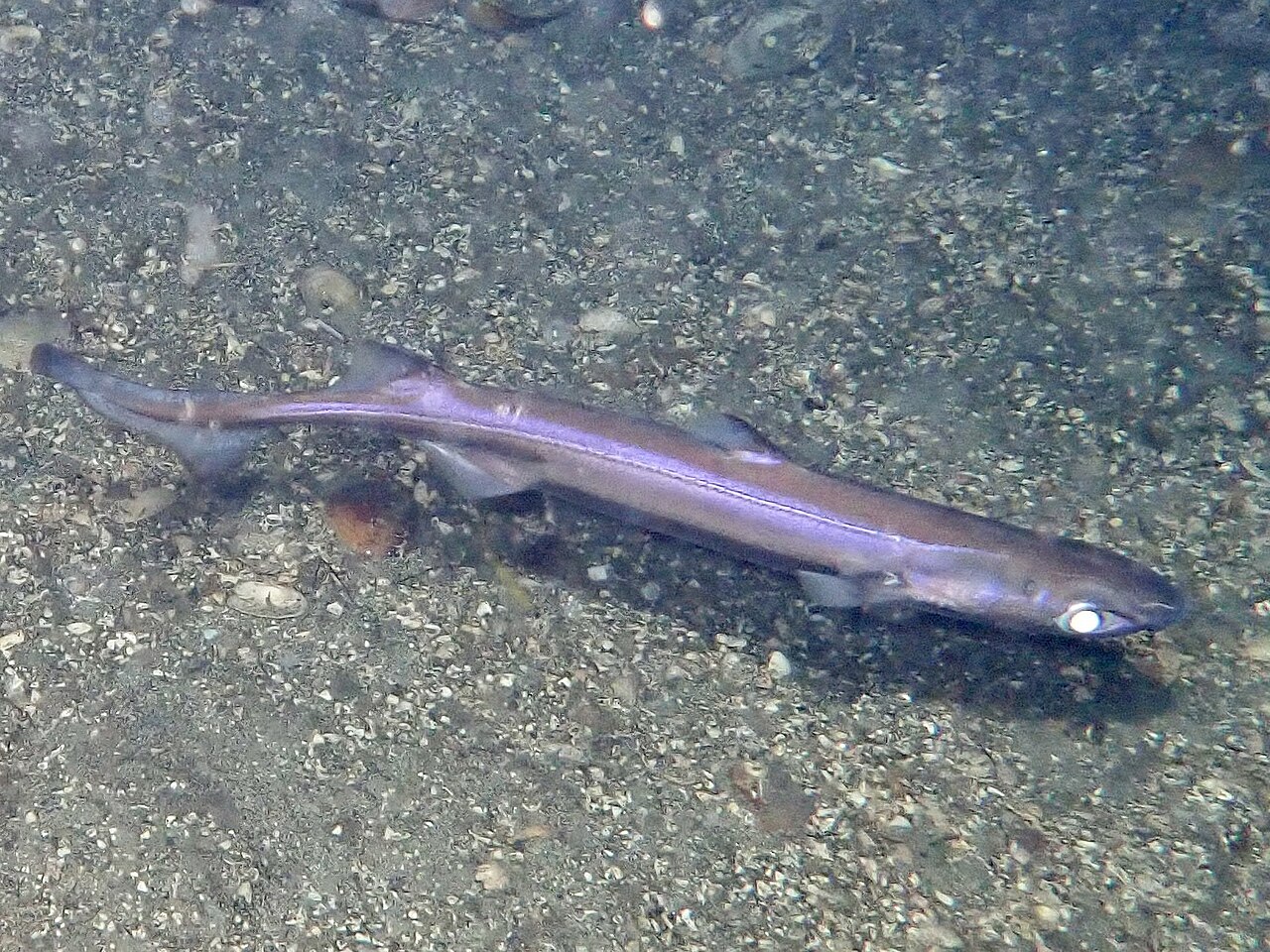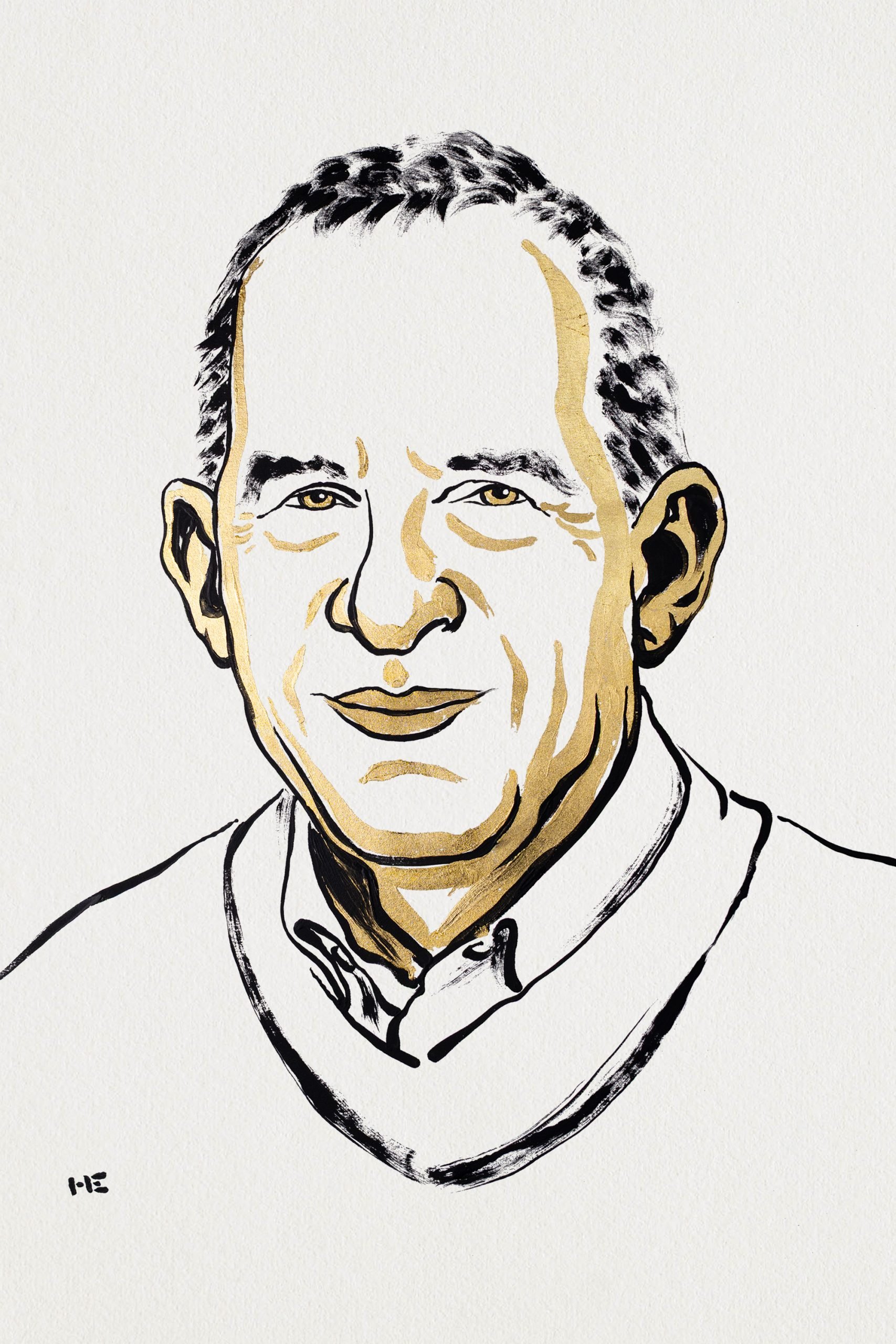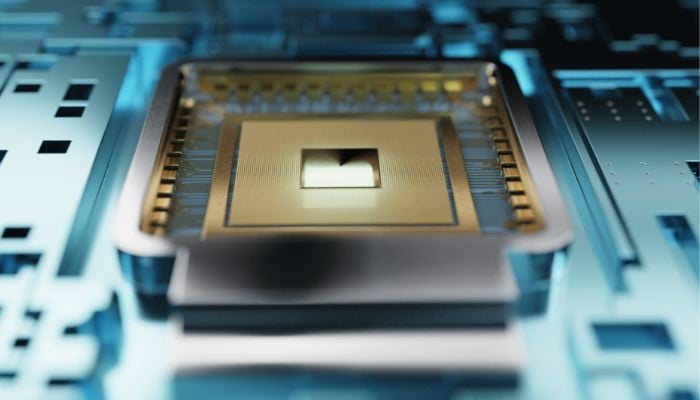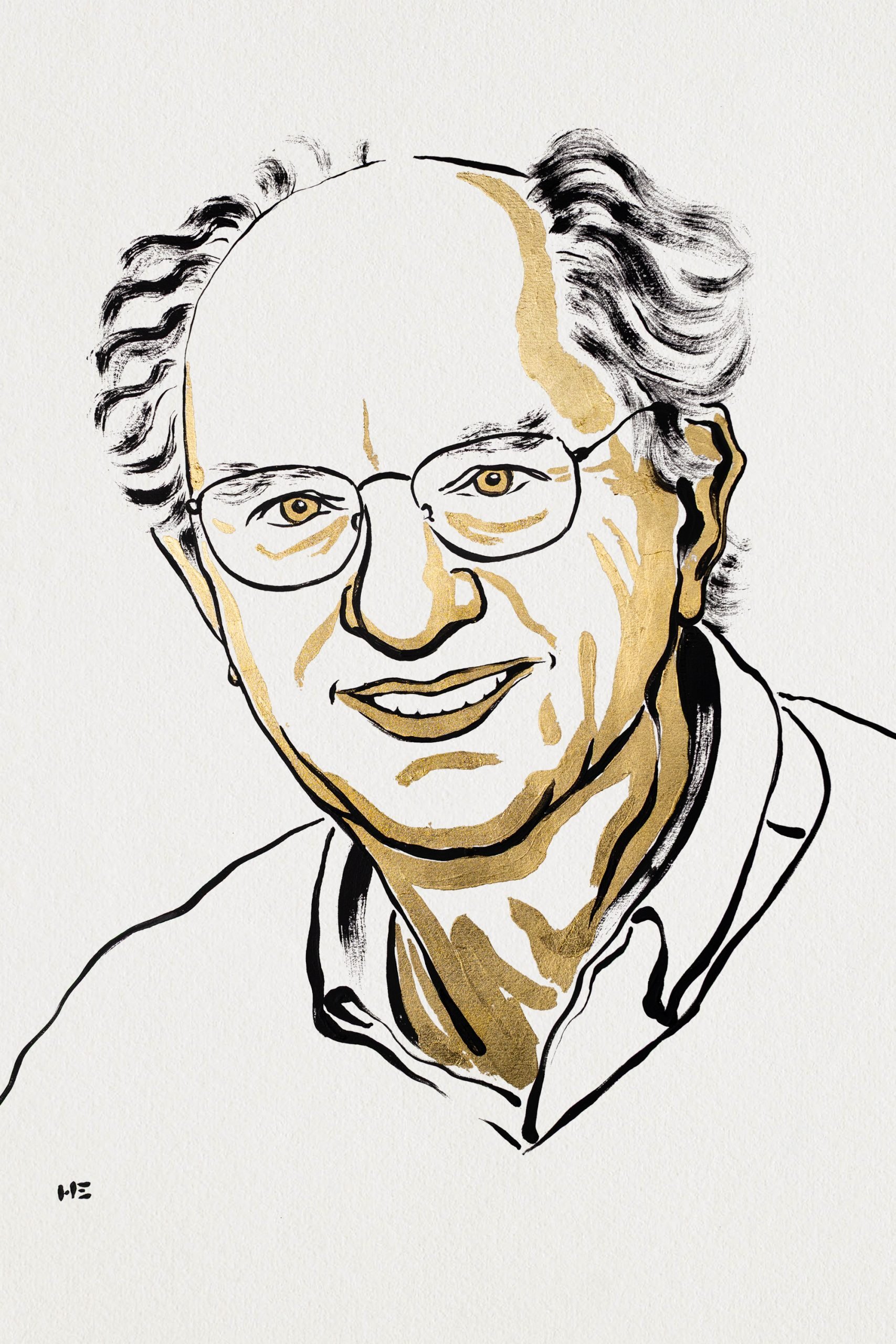George Mitchell, the great US advocate for the Northern Ireland peace agreement, described diplomacy as 700 days of failure and one of success. In Gaza, tragically, there have been 730 days of failure and none of success. Indeed, the destruction,…
Blog
-

World's largest iceberg A23a may vanish by late 2025 – news.cgtn.com
- World’s largest iceberg A23a may vanish by late 2025 news.cgtn.com
- NASA Captures Stunning Images of a Titanic Iceberg’s Collapse SciTechDaily
- A Silent Danger The Nation (Pakistan )
- NASA Satellite Captures Heartbreaking Visuals of the World’s…
Continue Reading
-
Pakistan to be sold advanced US air-to-air missiles by Raytheon – Dawn
- Pakistan to be sold advanced US air-to-air missiles by Raytheon Dawn
- US-Pakistan deal: Islamabad to receive AIM-120 missiles compatible with its F-16s; used in retaliation to Times of India
- US names Pakistan, Saudi Arabia among buyers in new…
Continue Reading
-
“The backlash of the powerful”: Two years of Israel’s war in Gaza and the crisis of international law – The New Humanitarian
- “The backlash of the powerful”: Two years of Israel’s war in Gaza and the crisis of international law The New Humanitarian
- Two years of genocide from a little corner in Palestine Mondoweiss
- Israel Is Dragging Us All to Hell Novara Media
Continue Reading
-

Red Sea faced severe dried out conditions around 6.2 million years ago
New research shows that the Red…
Continue Reading
-

New species of deep-sea shark and crab discovered off Australia
Meanwhile, it was Dr Andrew Hosie, curator of Aquatic Zoology from the Western Australian Museum, who was involved in describing the new crab species.
“The new species of porcelain crab lives a symbiotic life with…
Continue Reading
-

Michel H. Devoret – Facts – 2025
Michel H. Devoret
Nobel Prize in Physics 2025Born: 1953, Paris, France
Affiliation at the time of the award:
Yale University, New Haven, CT, USA; University of California, Santa…Continue Reading



